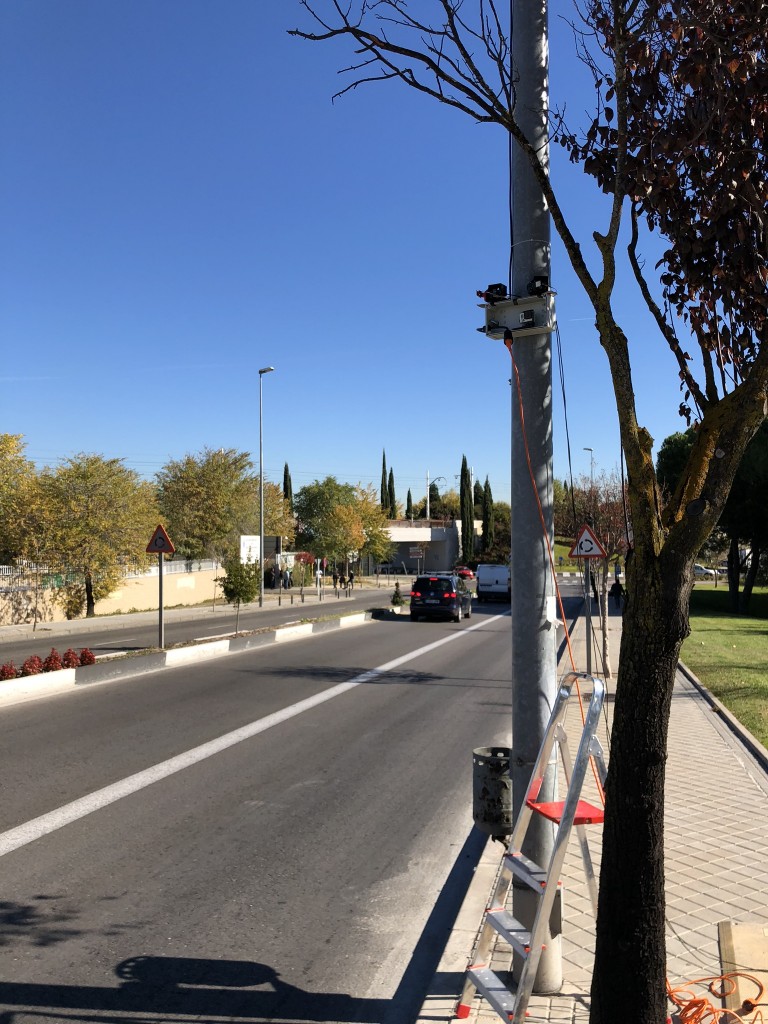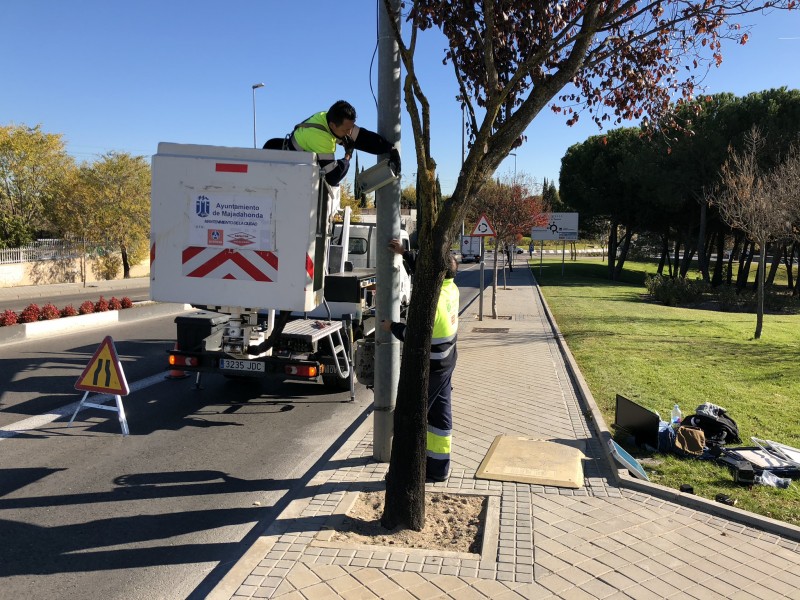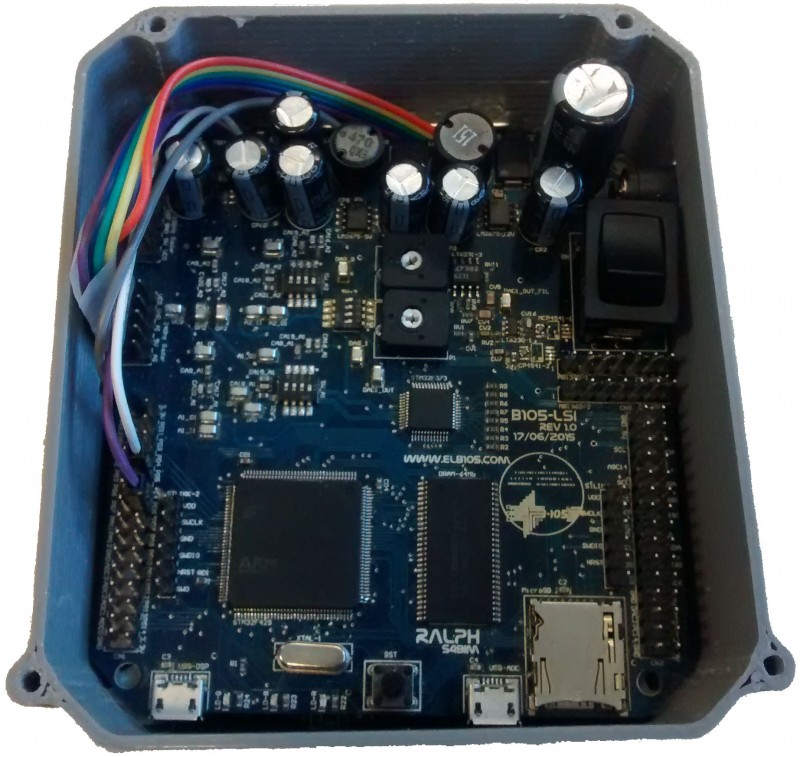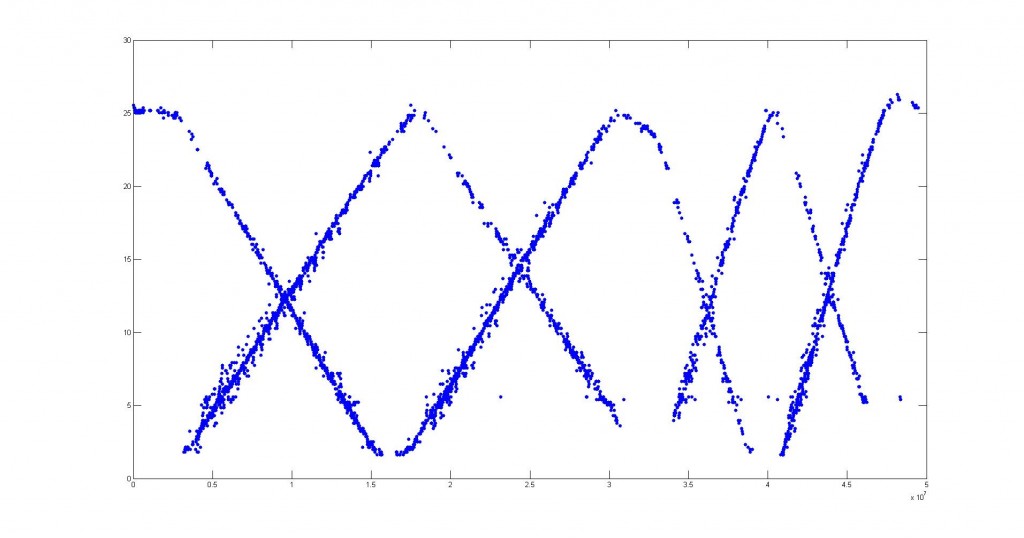En el proyecto All in One el objetivo fundamental es recoger datos de tráfico para, mediante diferentes métodos, monitorizar el tráfico y realizar un conteo de vehículos.
Para realizar las primeras pruebas nos pusimos en contacto con nuestros compañeros de Aceinsa que nos facilitaron varios puntos clave de la ciudad de Majadahonda como posibles lugares para realizar las pruebas. Gracias a su colaboración, y a la del ayuntamiento de Majadahonda, hemos podido realizar las mismas y tener de forma permanente una caja con alimentación que nos servirá para las pruebas futuras.
El objetivo de estos tests ha consistido en la toma de, aproximadamente, una hora de medidas acompañadas de la correspondiente filmación de vídeo para el cotejo de los datos recogidos a posteriori.
Esperamos que, como resultado de estas pruebas, seamos capaces de realizar una calibración más apropiada de los cabezales radar utilizados en el sistema y que la detección y conteo de vehículos aumente en fiabilidad.








